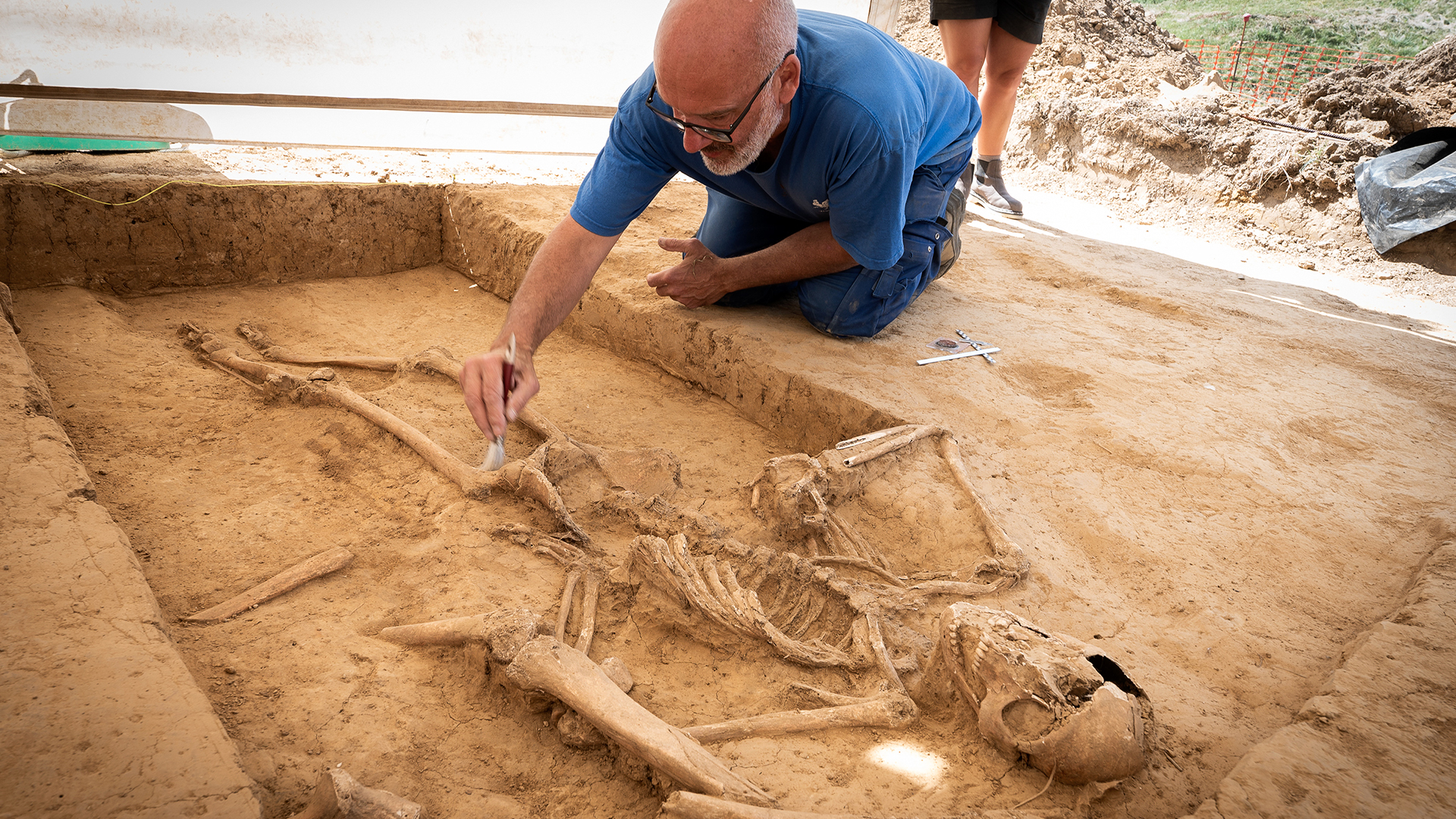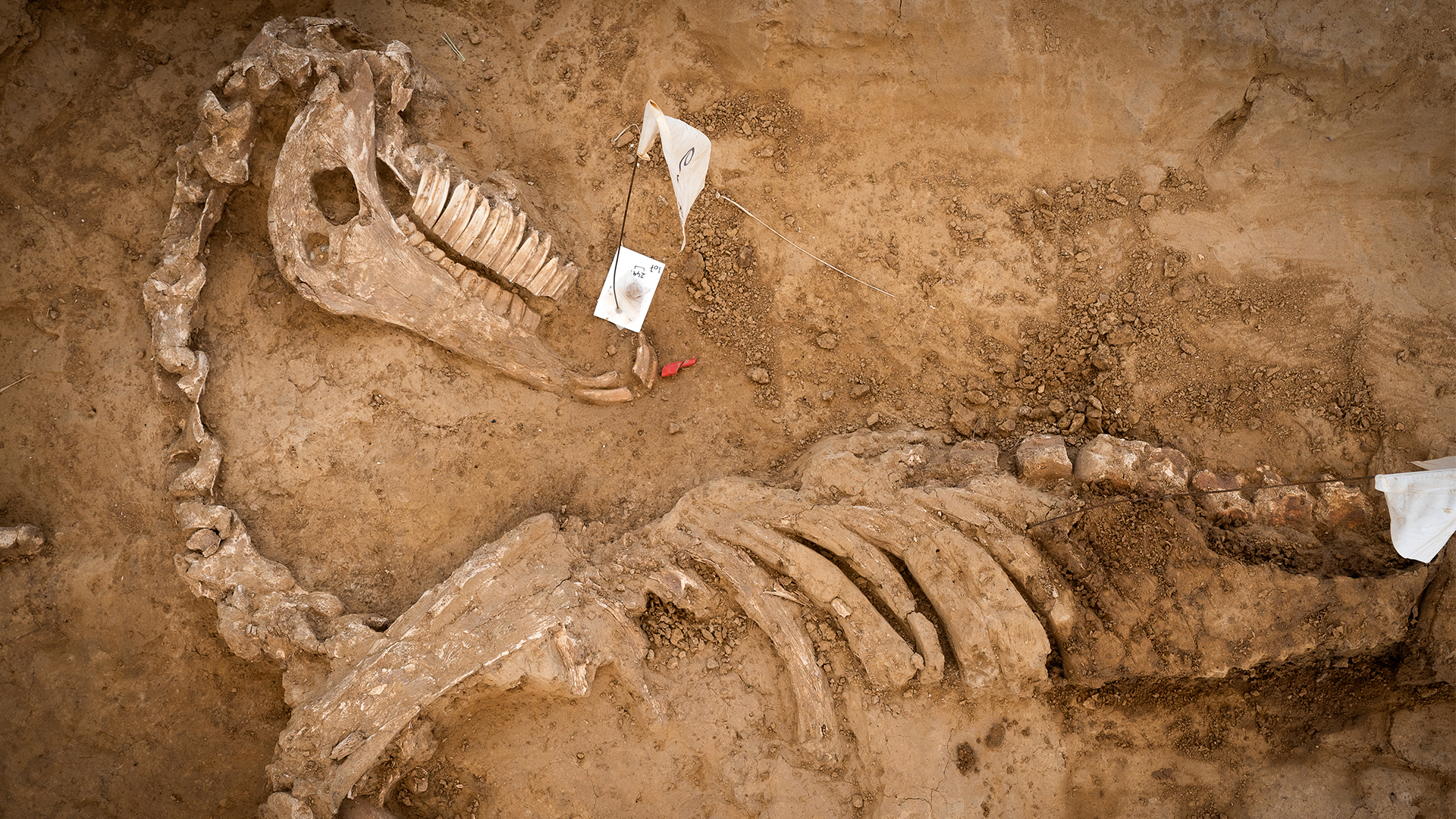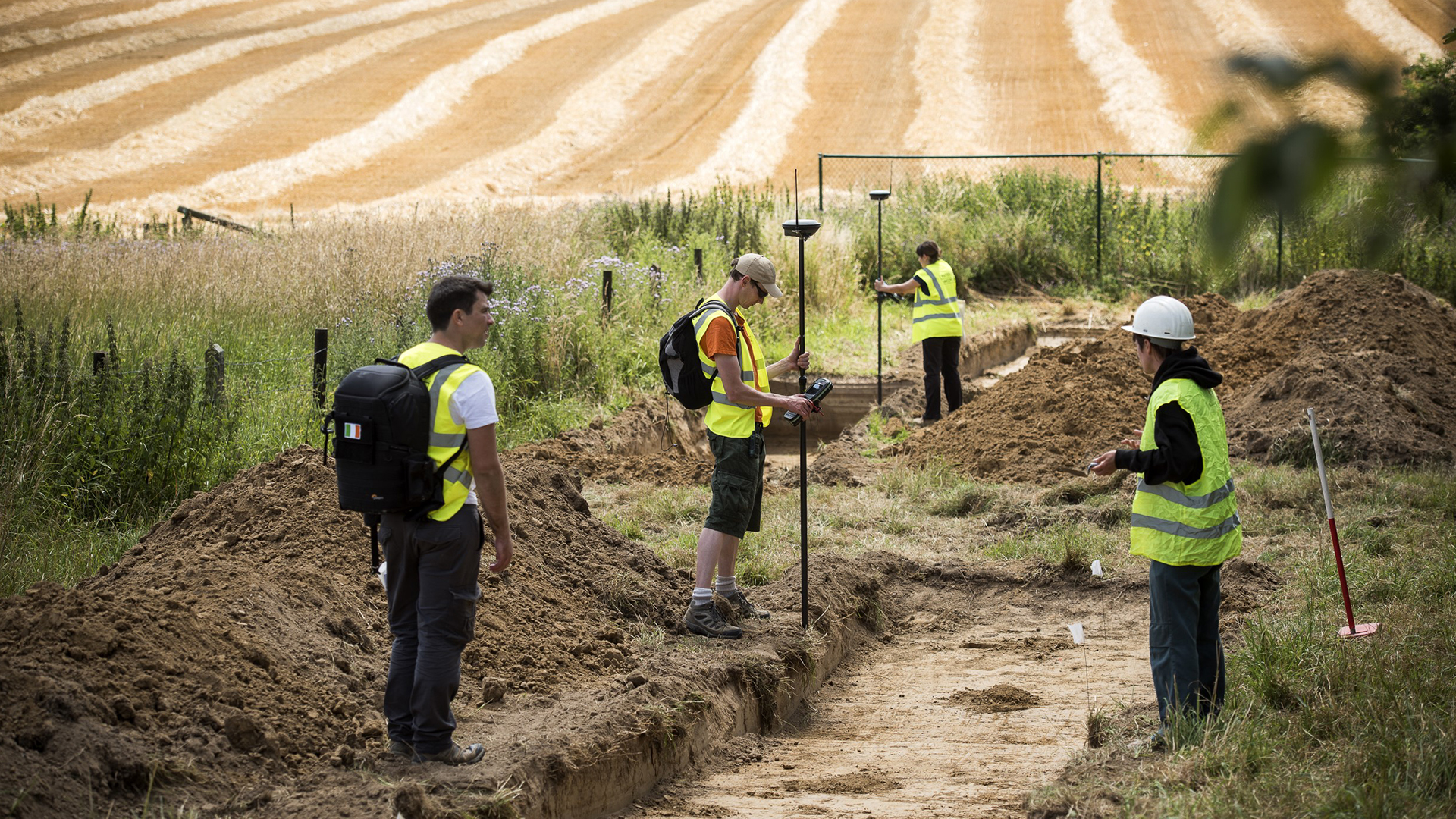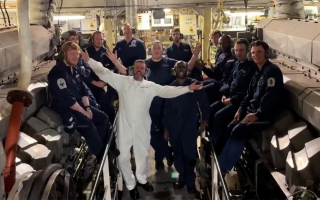
Veterans and personnel join excavation to reveal contents of Battle of Waterloo burial pit

With only two complete human skeletons ever found, where are the remains of the roughly 20,000 men who died at the Battle of Waterloo in 1815?
Hoping to find out is veteran support charity Waterloo Uncovered, which is carrying out a 10-day excavation in Mont-Saint-Jean farm in Belgium – the Duke of Wellington's field hospital during the battle.
An international team of military veterans, serving personnel, archaeologists and volunteers are taking part in the excavation.
The charity discovered the second complete human skeleton ever excavated on the site in 2022, as well as amputated limbs of wounded men and the skeletons of three horses.
Historical evidence and contemporary articles point towards a gruesome end for many of the skeletons, suggesting they were dug up and ground down to be used as fertiliser and for sugar production.

'Once-in-a-lifetime opportunity'
The charity has used the skills and lived experience of veterans and serving personnel on previous trips, and can offer them support in return "with recovery and transition into civilian life".
CEO Abigail Boyle said: "On-site, veterans and serving beneficiaries will learn key transferable archaeological skills, which will provide pathways into education, employment, or simply enable them to enjoy archaeology as a hobby.
"Even professional archaeologists rarely get to work on a site of this calibre – it's really a once-in-a-lifetime opportunity."
On social media, Waterloo Uncovered says members of the public can watch the charity's work in action and take a virtual tour of the excavation from the comfort of home.

Rewriting Waterloo
Professor Tony Pollard of the University of Glasgow, who is serving as the project's archaeological director, says it is an incredibly exciting site.
"The presence of amputated limbs, a complete human burial and the remains of euthanised horses in one trench make the site at Mont-Saint-Jean truly unique," he said.
"Finding horses, which had been put out of their misery by shots to the head, and humans buried alongside each other, especially with the care and separation evident in this trench, is extremely rare."
Previous excavations have rewritten the story of Waterloo – from an unrecorded attack on the field hospital to physical evidence of how the French nearly tipped the battle in their favour in the gardens of Hougoumont.









